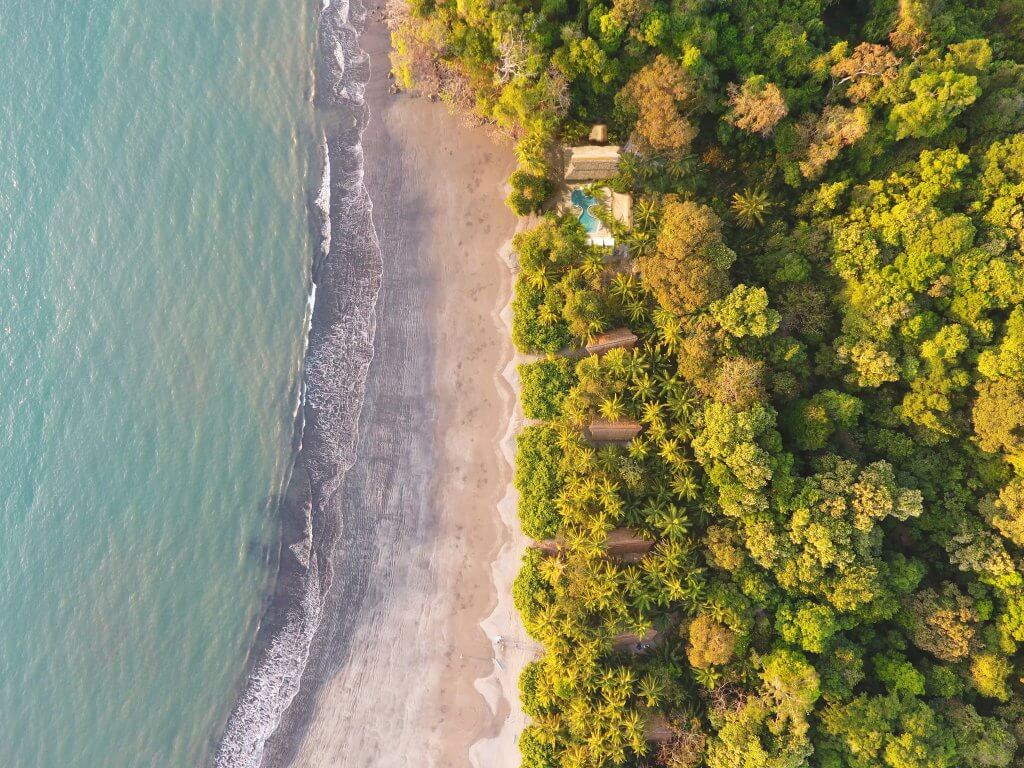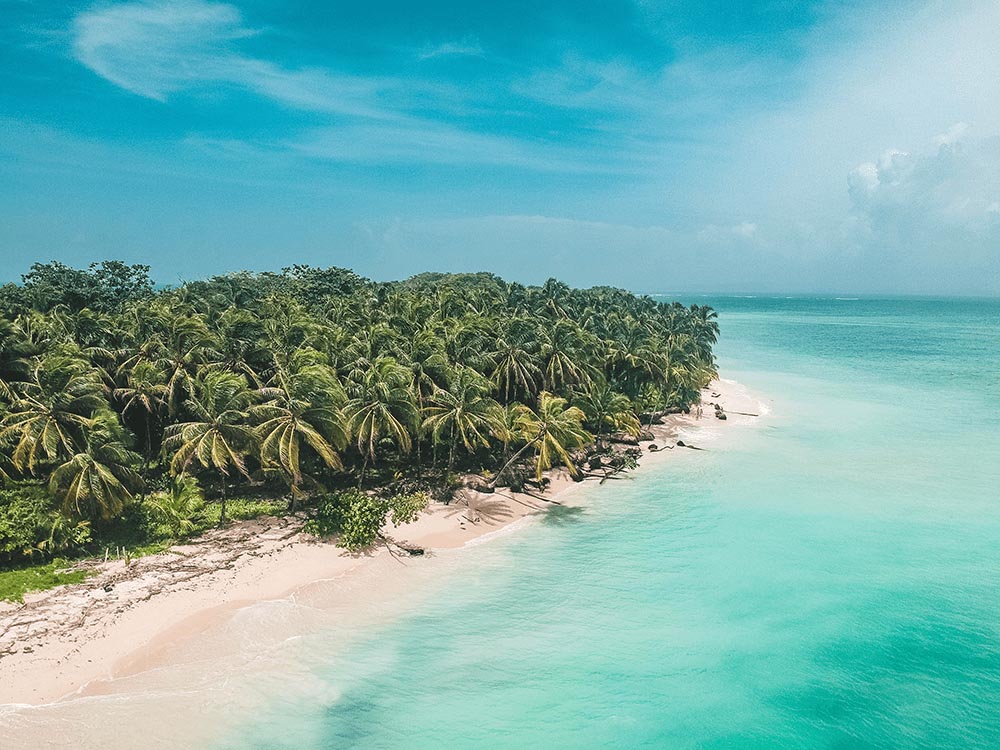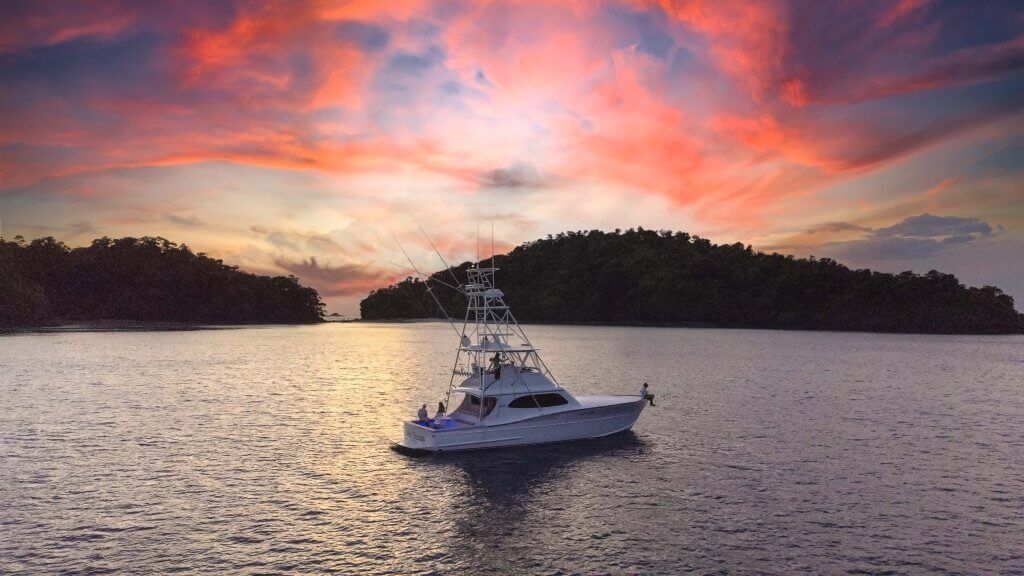Experiential Travel In Panama: Experience The Guna Culture
Culturally immersive travel offers opportunities to build deeper connections with new communities, gaining insight into their traditions, values and way of life.
Panama has a vibrant cultural landscape and is home to several indigenous communities, including the Guna, Emberá, Wounaan, Ngäbe-Buglé, Naso, and Bribri. These groups have preserved their rich cultural heritage amidst the pressures of modernization and external influences.
Learning about these communities and immersing yourself in their way of life allows you to experience the world through a different lens.
Who Are Panama’s Indigenous Tribes?
There are several major indigenous tribes in Panama, located in various parts of the country and encompassing a little over 17% of the total population. Each community has their own unique traditions, languages, and connections to their ancestral lands:
- Guna: Residing primarily in the San Blas Islands and parts of the Caribbean coast, the Guna people are known for their vibrant and intricate “molas,” which are reverse appliqué textiles often depicting abstract patterns or elements of nature.
- Emberá: Found mainly along rivers in the Darién and Chagres regions, this tribe are famous for their intricate wood carvings and tattoo art using jagua, a natural dye. Their traditional music and dances are a vital part of their cultural identity and they also share a deep relationship with the tropical forests.
- Ngäbe-Buglé: Panama’s largest indigenous group, the Ngäbe-Buglé primarily inhabit the mountainous areas of western Panama and are best known for their colorful traditional clothing and large-scale agriculture, including crops of coffee, bananas and rice. They also have a rich tradition of storytelling, music, and dance, often centered around their history and cosmology
- Bri Bri: Primarily found in the Caribbean region of Panama and neighboring Costa Rica, the Bri Bri people are known for their linguistic and cultural diversity. They practice sustainable agriculture, cultivating crops such as cacao, bananas, and plantains, and have a deep knowledge of medicinal plants. They also have a strong tradition of oral storytelling, music, and crafts, including pottery and weaving.
- Naso: One of Panama’s smallest indigenous groups, the Naso people live along the Teribe River in the Bocas del Toro province. They have a unique monarchical system, with a king, or “Cacique,” who leads the community and their culture is deeply intertwined with their natural surroundings, relying on fishing, agriculture, and the cultivation of medicinal plants.
- Wounaan: While closely related to the Emberá, the Wounaan people inhabit similar regions and are especially noted for their fine basketry and woodwork, often featuring intricate designs and vivid colors. They also engage in traditional agriculture, fishing, and hunting, and they have a deep spiritual connection to the rainforest, which they consider sacred.
Panama’s indigenous communities collectively play a crucial role in preserving the country’s biodiversity and traditions, and practice a sustainable approach to living in harmony with the environment.
VIEW OUR BESPOKE PANAMA TOURS
Here, we take a closer look at the Guna People who live in Panama’s breathtaking San Blas Islands…
Guna People In The San Blas Islands
The Guna people, also spelled “Kuna,” are one of Panama’s most prominent indigenous groups. They can be found in the San Blas Islands, and known locally as “Guna Yala,” a stunning archipelago of over 365 islands along Panama’s Caribbean coast. This region is considered the heart of Guna culture and a place where the tribe has preserved its unique way of life for centuries.
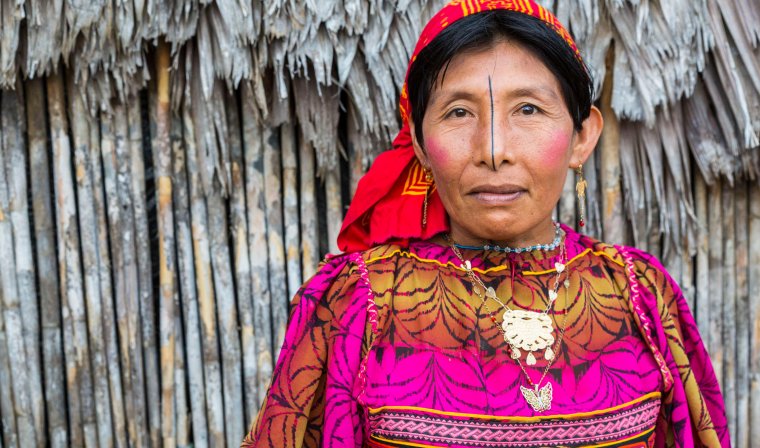
Known for their resilience and strong sense of community, the Guna have maintained autonomy over Guna Yala since 1938, allowing them to govern independently and protect their cultural heritage.
A central aspect of Guna culture is the vibrant art of mola making, hand-sewn textile designs featuring layered fabric with intricate, colorful patterns, often depicting nature, animals, and spiritual symbols. These textiles are crafted by Guna women and have become a renowned symbol of Guna artistry and identity. The molas not only represent artistic expression but also tell stories of Guna beliefs and their close relationship with the environment.
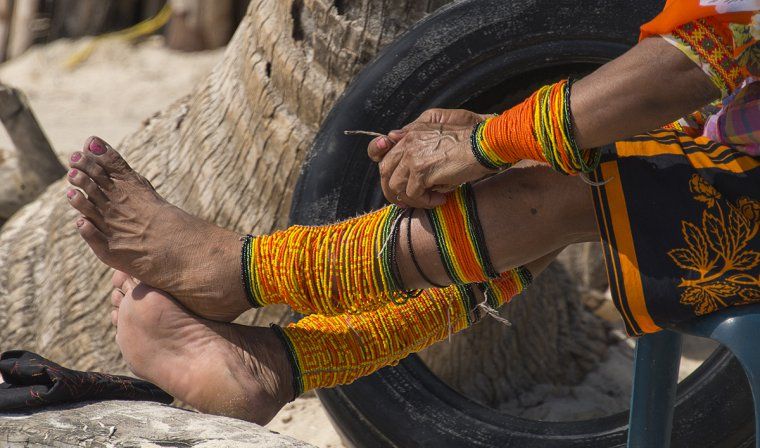
The Guna social structure is matrilineal, meaning property and family lineage are passed through the female line. This structure reflects the high status of women in Guna society, where they play significant roles in decision-making and cultural preservation.
DOWNLOAD OUR BESPOKE SAN BLAS ISLANDS JOURNEY PDF
Conservation Efforts
Spirituality and a deep respect for nature also guide the Guna’s daily lives and they enforce their own environmental policies, prioritizing conservation and managing tourism in ways that align with their values and traditions.
For example, they have strict fishing guidelines and limit the use of harmful methods. They also ban overfishing to ensure marine resources remain abundant.
They also keep agriculture small-scale and organic, using traditional methods that avoid synthetic chemicals and reduce soil depletion. This eco-conscious approach helps maintain the biodiversity of both land and sea around the islands.
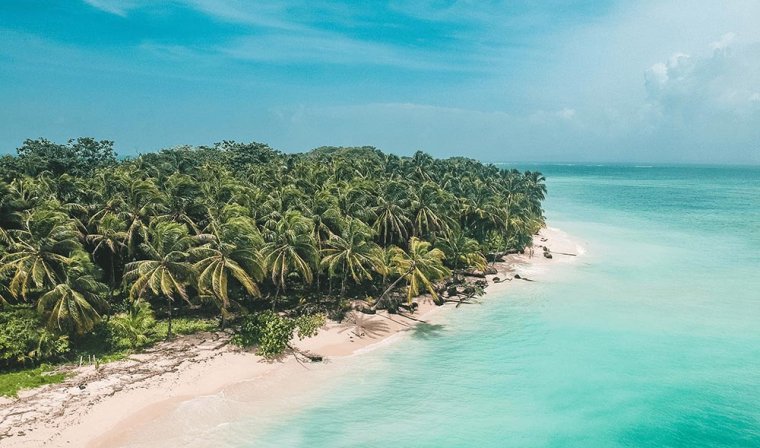
Additionally, the Guna work with NGOs and environmental organizations to monitor coral reefs, mangroves, and other sensitive ecosystems within their territory. This collaboration includes educational programs, reef preservation, and environmental clean-ups, all aimed at protecting the natural beauty of the islands from the impacts of climate change and rising sea levels.
Tourism Regulations
The breathtaking and relatively untouched natural landscapes in San Blas, Panama, have been maintained and respected by the Guna people for hundreds of years. In order to protect this natural beauty, the community regulates tourism.
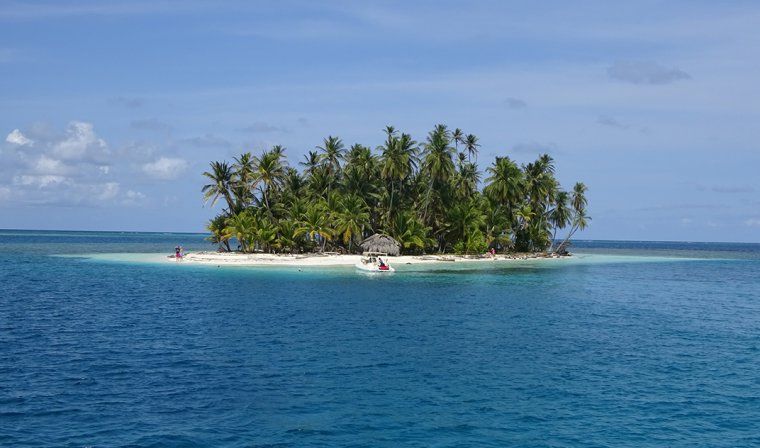
To avoid overcrowding that can lead to environmental damage, numbers of visitors are monitored and certain areas are off-limits.
Travelers are also encouraged to respect Guna customs, from following their environmental practices while on the islands to participating in community-led activities like attending cultural presentations.
Unique Travel Experiences
The Guna’s ongoing protection and dedication to their land opens the door to unforgettable travel experiences, from relaxing on the most beautiful picturesque beaches and kayaking across crystal clear waters, to swimming among vibrant coral reefs and exploring hidden treasures known by your experienced captain.
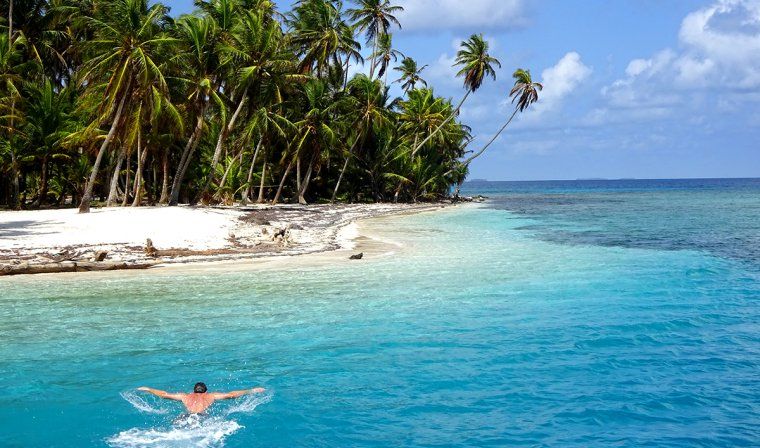
What’s more, there are unique opportunities to immerse in their culture and gain a deeper understanding of their customs.
Experiential Travel In The San Blas Islands With Blue Parallel
On your luxury tour of the San Blas Islands with Blue Parallel, you’ll have the chance to meet and interact with the indigenous Guna community, learning about their traditions firsthand.
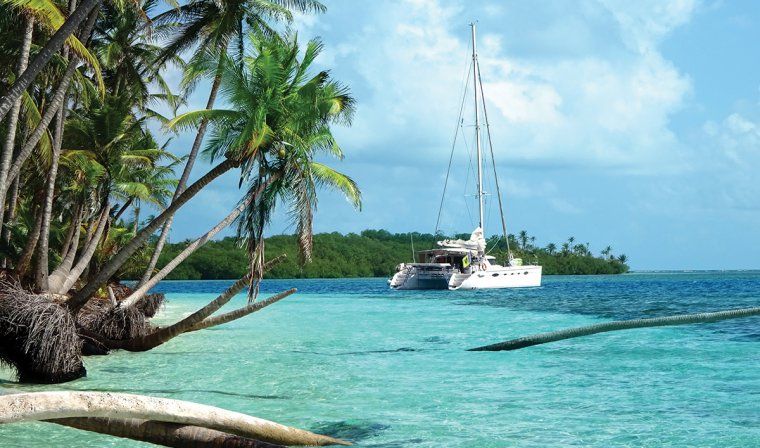
For example, your private catamaran will be fully-staffed by members of the Guna community. Throughout your journey, you’ll be invited to connect with the crew and learn more about their life and traditions. They’ll also open the door to hidden treasures and lesser-known highlights within the region.
You’ll have the chance to visit the island the Guna people inhabit to learn about the community’s history and politics, as well as witness age-old artisanal work in practice in the form of molas.
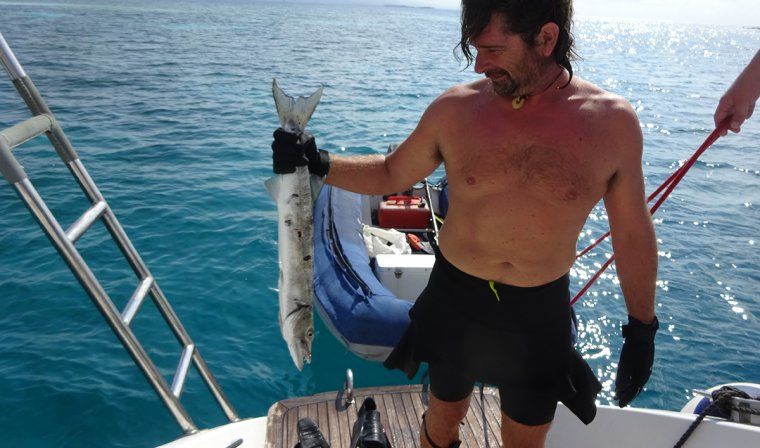
What’s more, you’ll have access to the freshest fish throughout your tour. While exploring the archipelago, you can purchase fresh fish from local fishermen you pass, including octopus and lobster. You’ll also be invited to fish for Barracuda following the community’s approved fishing methods. Your private chef will prepare everything fresh and to your liking.
Tailor-Made Itineraries To The San Blas Islands
Immerse yourself in the indigenous culture and embark on epic outdoor adventures in the San Blas Islands with a bespoke, luxury tour…
DOWNLOAD OUR BESPOKE SAN BLAS ISLANDS JOURNEY PDF
